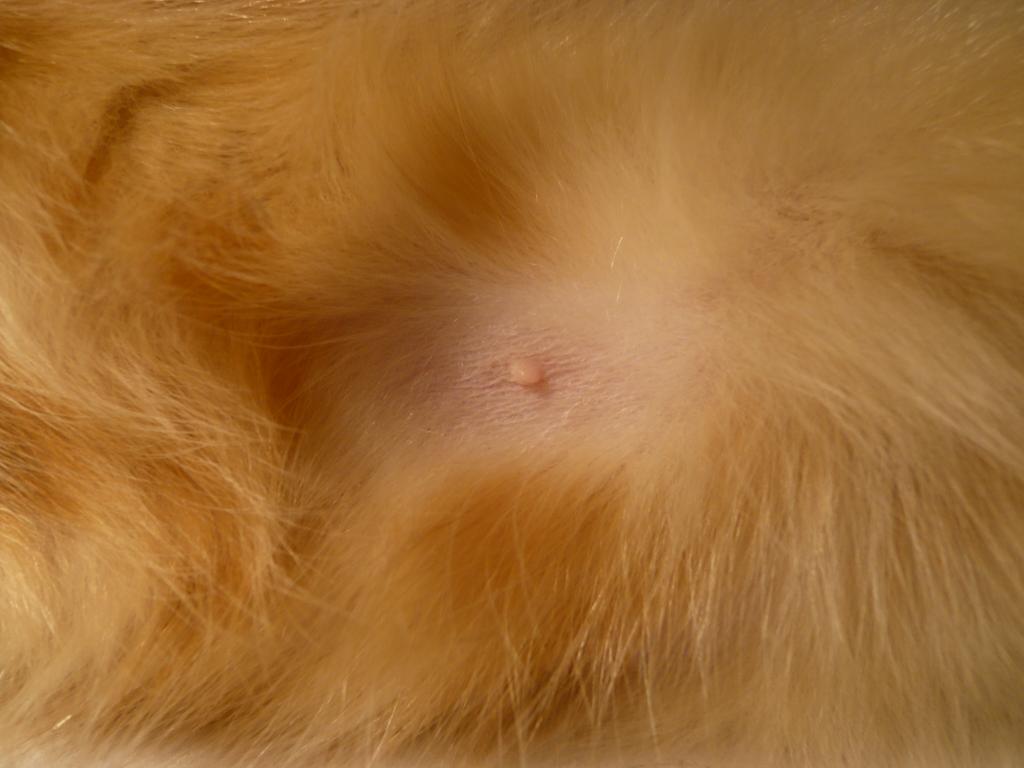
#Melanoma cancerous skin tags pictures skin#
If a bump grows on a mole or in a previously flat, discolored spot, see your dermatologist right away to get checked for possible skin cancer. "If it arises on normal skin, it starts as a flat brown to black growth, then grows out or down."

"If a melanoma arises in a pre-existing mole, it is raised and smooth," says Wolf. Melanoma in its early stages can resemble lentigines or, sometimes, seborrheic keratoses. They are also linked to skin tags, another kind of benign skin growth. People who have many of these skin changes have probably seen them before on a first-degree relative. "They can be due to sunlight, age, and are also genetic," says Dr. They are often scaly or wart-like, although they are not warts. These can be flat or raised and range from pale to dark brown or black. They are usually located on sun-exposed areas of the skin. These are what most people typically think of as age spots or liver spots. They usually range from the size of a pencil eraser to the size of a dime, but they could be bigger or smaller.

These are flat, tan-to-dark spots that look similar to freckles. They are common and can appear anywhere, but they are not linked to skin cancer. Small red dots that are smaller than a pencil eraser, these are caused by an overgrowth of blood vessels in the skin. If you have an age spot, it will probably fall into one of three categories:
#Melanoma cancerous skin tags pictures professional#
This doesn't just apply to fair-skinned people either: Dark-skinned individuals can also get skin cancer - and sometimes it's harder to see the early signs of it without professional help. Even if your dermatologist finds no sign of skin cancer, he or she can let you know whether you have skin issues to watch out for. What appear to be new age spots or liver spots could be a good excuse to get this process started. People who have a personal or family history of skin cancer should go for an exam sooner. "I strongly recommend a full-body exam for anyone over age 50 - maybe even earlier for some patients," he says.

If you're not a dermatologist, you might be staring at the new brown mark on your skin and wondering whether it's merely a cosmetic issue or something worse.Īs a general rule, if that spot you're staring at is new to you, it's a good idea to check in with your dermatologist, says John Wolf Jr., MD, a dermatologist, professor and chairman of the dermatology department at the Baylor College of Medicine in Houston. Some of these dark spots, however, may look suspiciously like melanoma, the most deadly form of skin cancer. These have nothing to do with the liver and are caused instead by long-term sun exposure. Some changes in your skin come with age, such as the unpopular age spots (also known as sun spots or liver spots).


 0 kommentar(er)
0 kommentar(er)
